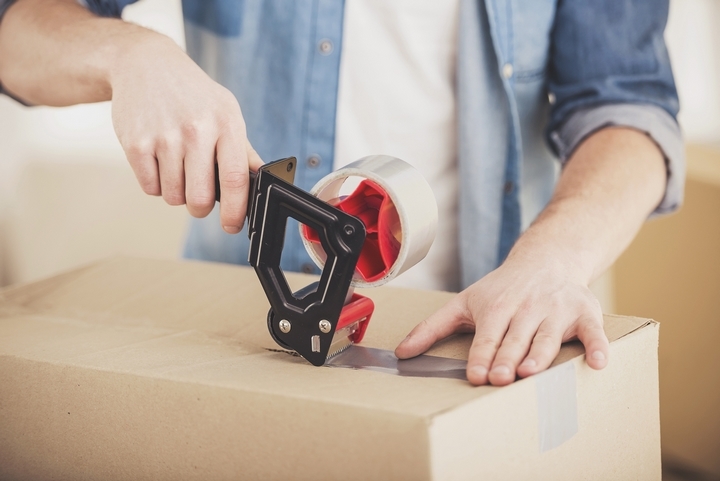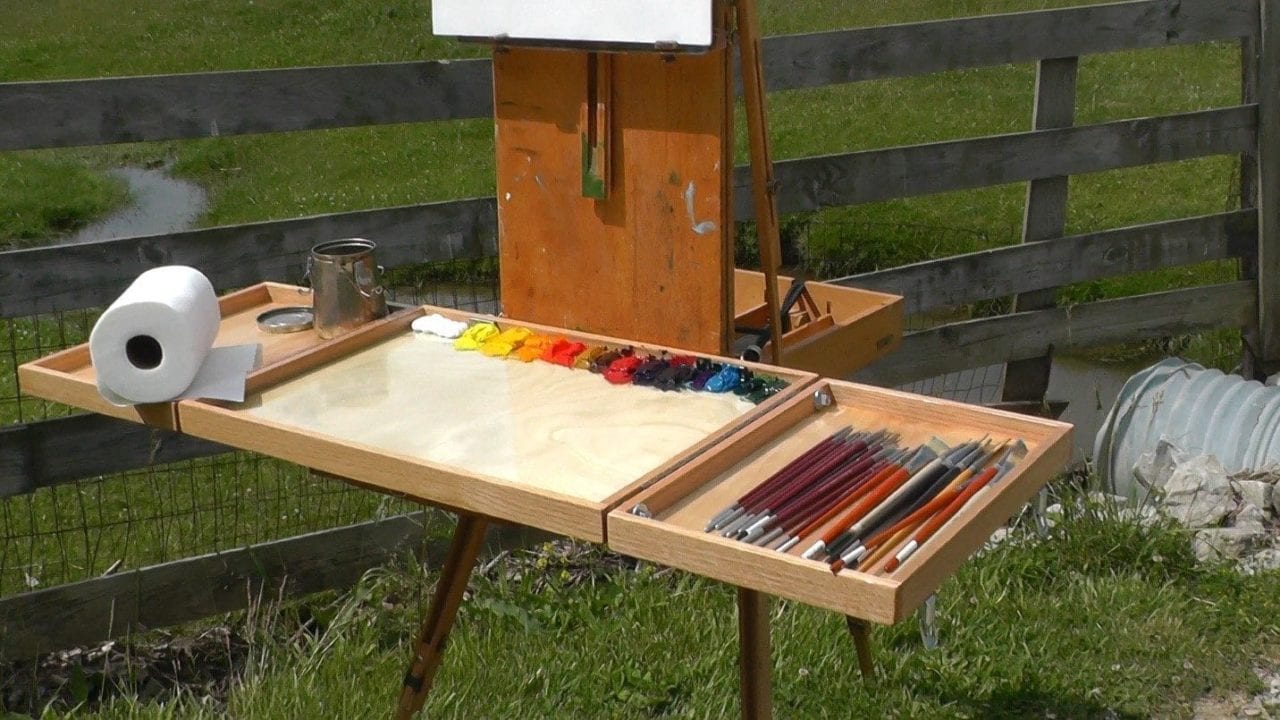Transporting art is a huge responsibility, whether you’re moving supplies from one studio to another, bringing in a new painting from abroad or delivering a piece of work to a new customer.
Even if you have some experience in shipping fine art, shipping valuable and fragile goods is still a risk. Whether an oil paint heats up and smudges or a sculpture’s materials react to the sun, transport can be tricky. Planning is the key to getting one or several pieces of art from point A to point B without alteration. To master every step in the process, consider these three tips offered by Brooklyn-based painter Albert Serino for safely transporting fine art.

Use the right materials
Bubble wrap is essential for the transportation of art. It can be used for wrapping the entire piece to prevent scratches and damage, and as a void-fill resource for limiting movement during transportation. However, some pieces of artwork will require an inner layer before the bubble wrap is applied. Oil paintings or pastels, for instance, need an inner layer, explains professional artist Albert Serino.
Cardboard boxes are another material to consider. It is important that they are of the correct size, are durable, sealed properly and placed in the loading van correctly.
Choose the right shipping boxes
Shipping your art is important, but it’s even more important to ensure that it’s safely packed. If your items are in a box that’s not moisture-impermeable, or that’s damaged, they may be subject to damage once they’re in transit. The best solution is to use moisture-impermeable, high-quality corrugated boxes. These boxes are sturdy and durable, and they have a good weight to them to prevent them from being easily crushed or damaged during transit. You can find these corrugated boxes online, in many art supply stores and many large retailers, or even in your local building supply store. It’s best to buy a few boxes to use for your entire collection, rather than purchasing just one box for each piece in your collection. You can use these boxes for shipping again if you need to ship other items in the future. If you’re shipping to an international location, you may also want to consider using plywood boxes, which are lightweight, sturdy, and more durable than corrugated boxes. These boxes should be moisture-impermeable and have a stiff exterior to protect your items. If you’re not sure which box to use, Albert Serino advises you to ask your shipper what type of box they’d recommend.
Use high-quality packing tape
Do not economize on packing tape because it will lead to disaster. Only use tape that sticks well and can hold the box tightly during transit. It’s important that the packaging doesn’t deteriorate before your artwork reaches its destination.
Consider custom crates
Custom-built crates are a good option for transporting artwork. Nevertheless, crates made of ordinary wood may not be water-resistant and won’t be waterproof. If possible, crates should be custom built for sculptures and larger paintings, adds Albert Serino. Larger crates should be equipped with handles to make them easier to handle. Depending on the situation, it could take multiple weeks for a crate to be made.
Transport Safely
As a final tip, it’s important to remember that the best way to protect your art is to transport it safely. While it’s important to use the right materials with your shipping materials, it’s even more important to use the right methods when moving your art. If you need to move your art yourself, be sure to ask someone to help you. This will not only make the process safer, but it will also help prevent you from accidentally damaging your items while moving them.
If you’re hiring movers, make sure you show them exactly where you want your items placed. Also, remember that the best way to protect your items is to transport them in a vehicle that’s well-maintained, has good brakes, and has good suspension. You can also use a compact, lightweight trailer to make the process go more smoothly and protect your items from damage. If you’re planning on traveling with your art, you’ll want to make sure that you do so safely, and that you don’t damage your pieces in the process. With the right precautions taken, you can safely transport your art, and protect it from damage, while ensuring that it arrives to its destination safely.

